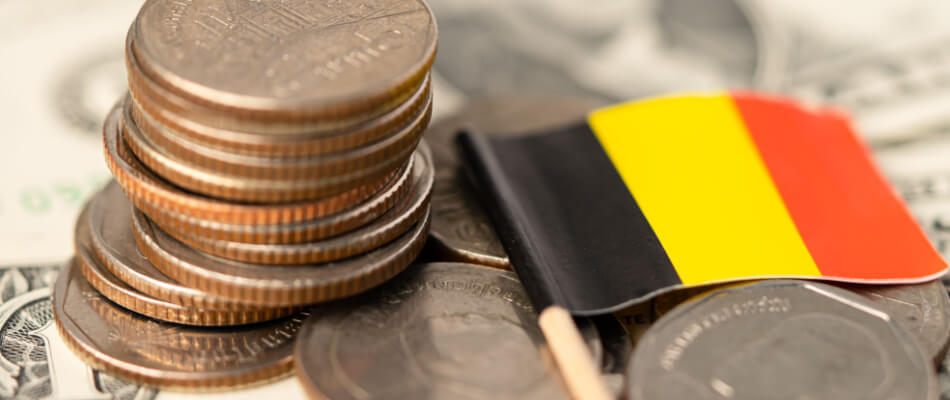What is the BEL20 index?
The BEL20 index is the largest Belgian stock index. It contains the 20 largest shares of listed companies. In order for a company to be included in an index, it must meet various conditions. Being a Belgian company is not a requirement. Foreign companies can also enter this index.
If you want to trade in shares as an investor, you will soon come across this BEL20 index. It is the leading stock market index for Euronext Brussels . This is where the classic financial products for the Belgian market are located. In this article, we offer insight into how the composition of the BEL20 is handled by Euronext.
The Belgian stock index
The Belgian stock index BEL20 was launched in 1990. The calculations of the index started on 30 December, while the index itself started on 18 March 1991. The index itself includes the 20 shares of the most prominent companies in Belgium and the Netherlands. All shares were selected by Euronext. Not every share is eligible for this. For example, a number of criteria apply before a company can be found on the list.
- A large market capitalization
- Sufficient marketability
- Significant activity in Belgium
- Solid liquidity
Once a company meets these criteria, it will have a chance to be included in the index. Furthermore, only 20 shares are allowed, which makes it difficult for a company. Each share does not have the same weight in the index. For example, a company may only weigh up to 12 percent to be able to dampen the influence of a single share. Otherwise, companies such as AB InBev could dominate the index price, which is not the intention of this index.
A company is therefore never certain of a place in the BEL20 index. Every year, on the third Friday of March, June, September and December, there is a weighing and the companies in the index will change. Companies can drop out, but new companies can also supplement the index. Two companies are always on the reserve list. This way, adjustments are quickly implemented if a company unexpectedly has to leave the index.

The composition of the BEL20
The BEL20 index consists of twenty shares, which can also be read from the name. Euronext Brussels selects these shares. Euronext is the leading, pan-European stock exchange company that represents the stock exchanges of Amsterdam, Paris and Brussels. It is therefore sometimes also called the European market authority.
The composition of the BEL20 is based on the market superiority of the shares involved. Euronext makes an estimate here. The companies that you will encounter in the index are often an indication of the Belgian business community. You know exactly what is happening and there is always a finger on the pulse of the Belgian business community to see what changes are taking place.
Compare brokers and start index investing
After reading this article about the BEL20, are you interested in investing? Compare all brokers via the comparison tool and find out which broker suits you best!